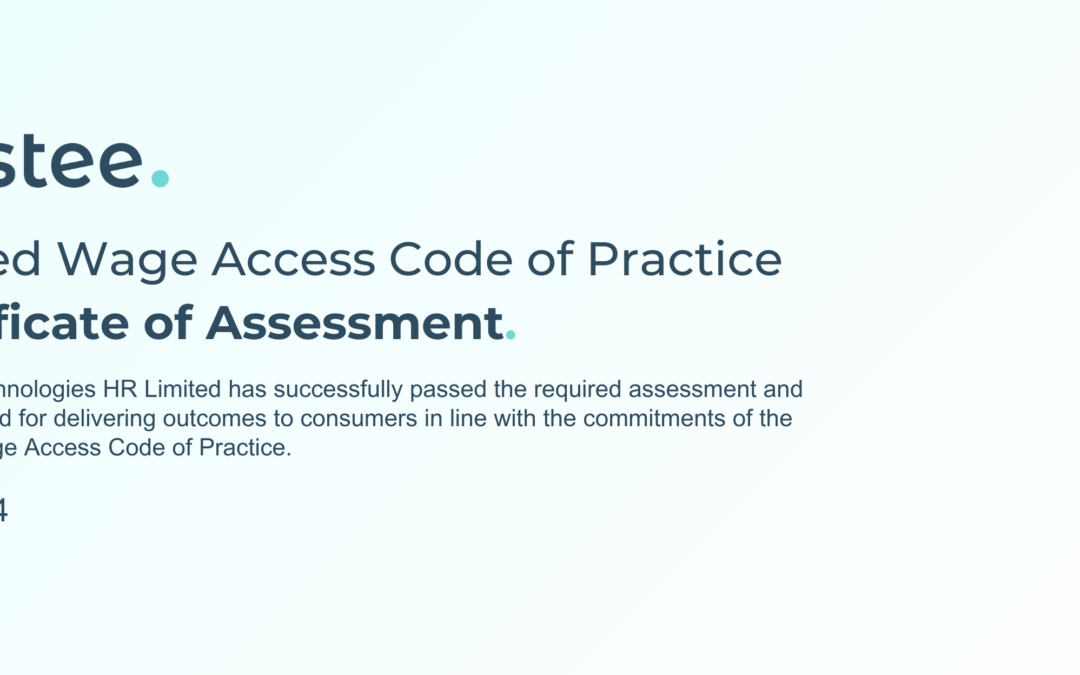A secured loan is money you borrow that is secured against an asset you own, usually your home. The interest rates tend to be cheaper than with unsecured loans, but it can be a much riskier option so it’s important to understand how secured loans work and what could happen if you can’t make the payments.
- Secured loans explained
- Unsecured loans explained
- How to get the best deal
- How to complain if things go wrong
Secured loans explained
Secured loans are often used to borrow large sums of money, typically more than £10,000 although you can borrow less, usually from £3,000.
Need someone to talk to about your finances?
If you’re struggling with money, you can talk to someone today, online, by phone or face to face. We have specially trained advisers who can help you start sorting out your financial problems.
Find free, confidential advice now using our free debt advice locator tool.
The name ‘secured’ refers to the fact that a lender will require something as security in case you cannot pay the loan back. This will usually be your home.
Secured loans are less risky for lenders, which is why they are normally cheaper than unsecured loans.
But they are much more risky for you as a borrower because the lender can repossess your home if you do not keep up repayments.
There are several names for secured loans, including:
- home equity or homeowner loans
- second mortgages or second charge mortgages
- first charge mortgages (if there is no existing mortgage)
- debt consolidation loans (although not all of these loans are secured).
First and second charge mortgages
Debt consolidation loans that are secured on your home can be first or second charge.
If it’s a first charge mortgage, it means you’ve taken out a loan for home improvement – for example, when you have no existing mortgage.
Whereas a second charge mortgage involves setting up a separate agreement with your existing mortgage lender or going to a different lender.
Borrowing more from your mortgage lender
You can get a further advance on your mortgage – where you borrow an additional amount of money against your home from your current mortgage lender.
This is an option if you’re looking to pay for some major home improvements or to raise a deposit to buy a second home, for example.
Pros
- You will normally pay a lower interest rate than with a personal loan because the loan is secured against your home.
- Your repayments are normally made on a monthly basis. However, the amount you pay each month will vary if the interest rate is not fixed.
Cons
-
- The loan is secured on your home, so you could lose your home if you cannot keep up your repayments.
- Some loans have variable interest rates, meaning your repayments could increase. Make sure you know if the rate is fixed or variable.
[n] Some secured loans have expensive arrangement fees and other charges. Make sure you factor this in when you work out how much the loan is going to cost you. Arrangement fees and other set-up costs should be included in the Annual Percentage Rate of Charge (or APRC – this is similar to the APR for unsecured loans). Use the APRC to compare products.
Unsecured loans explained
An unsecured loan is more straightforward – you borrow money from a bank or another lender and agree to make regular payments until it’s paid in full.
Because the loan isn’t secured on your home, the interest rates tend to be higher.
If you don’t make the payments, you might incur additional charges. This could damage your credit rating.
Also, the lender can go to court to try and get their money back.
This could include applying for a charging order on your home – although they should make clear upfront, whether or not this is part of their business strategy.
Some loans might be secured on something other than your home – for example, it could be secured against your car, or on jewellery or other assets that you pawn, or you could get a loan with a guarantor (such as a family member or friend) who guarantees to make repayments if you can’t.
How to get the best deal
- If you have decided that a secured loan is the best choice for you, then your first step should be to approach your mortgage lender to see what they offer. Some will offer special deals to those borrowers who have a good record repaying their mortgage.
- Next, check some comparison websites to see if you can get a better deal with another lender. However, bear in mind that comparison websites do not always offer a comprehensive selection of deals. As well as researching the cost of borrowing, be sure to compare the terms and conditions of each loan and what could happen if you’re unable to repay.
- If you’re comparing lots of deals, for example on a comparison site, check whether this will show up on your credit file. Some lenders will carry out a full credit check on you before providing a quote, so it can look like you’ve actually applied for the loan. If this happens lots of times, it could harm your credit rating. Ask if they offer a ‘quotation search; instead, which doesn’t show up on your credit reference file – this can be useful when you are shopping around and not yet ready to apply.
How to complain if things go wrong
If you are unhappy, your first step should be to complain to the loan company.
If you don’t get a satisfactory response within eight weeks you can complain to the Financial Ombudsman Service.
This article is provided by the Money Advice Service.










